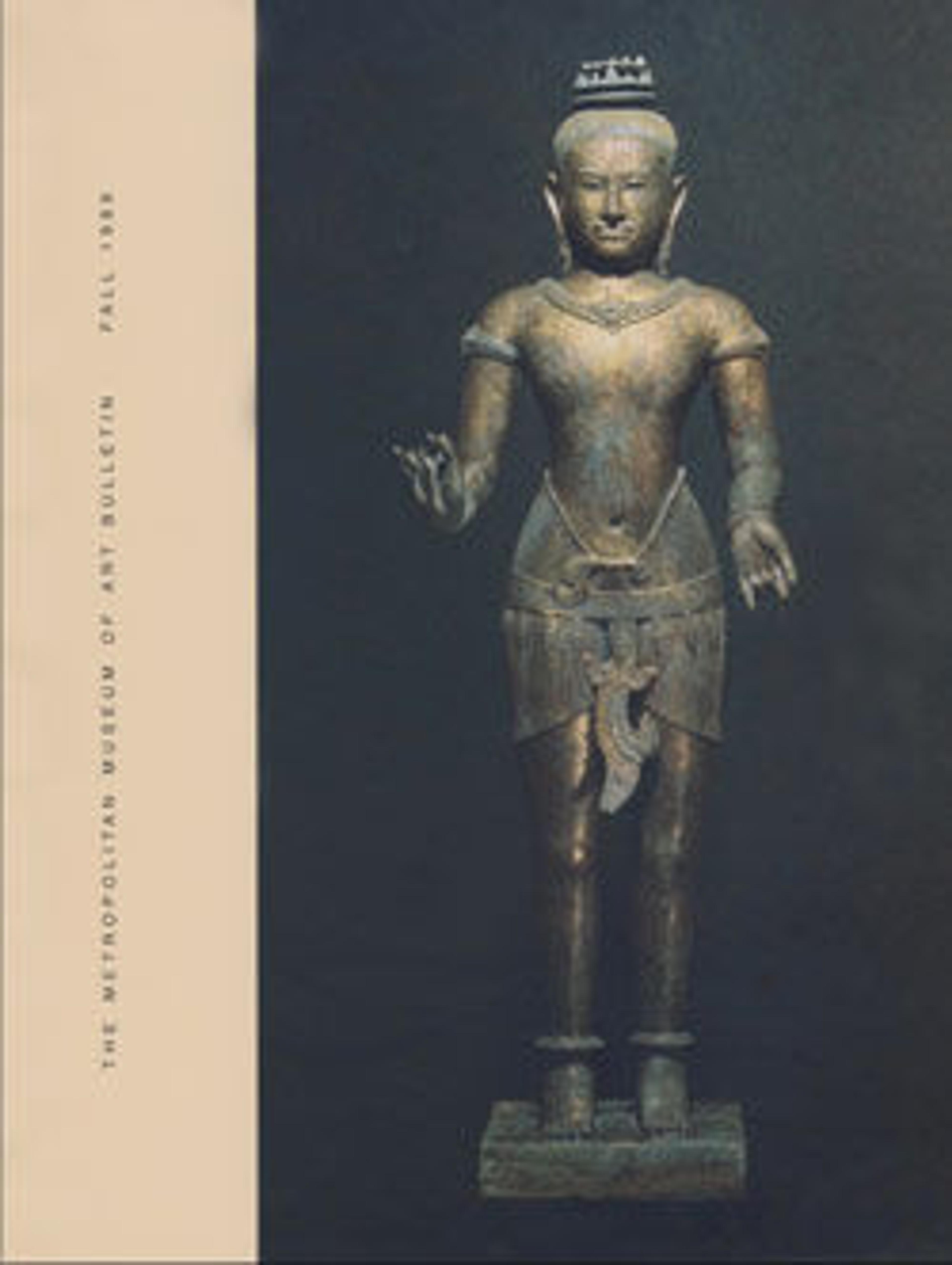Cabinet of Drawers with Birds, Flowers, and Court Carriage
The Portuguese and Spanish who visited Japan during the Momoyama period were fascinated by the exotic appearance of gold‑decorated lacquer associated with the taste of warlord Toyotomi Hideyoshi (1537–1598). As a result, lacquer commissioned for the European market typically adopted this flamboyant style (Kōdaiji maki‑e). Among the earliest goods exported from Japan, such pieces are known collectively as nanban (Southern Barbarian), the Japanese appellation for foreigners. The form of this cabinet is based on the European vargueno or escritorios, a chest of drawers with a drop front that served as a surface for writing. Its decorative patterns depict Japanese subjects, including a court carriage and courtiers, maple, mandarin orange, and cherry trees, camellia flowers, wisteria branches, and birds. The decorative bands of the borders are embellished with geometric designs.
Artwork Details
- 花鳥御所車蒔絵螺鈿書箪笥
- Title: Cabinet of Drawers with Birds, Flowers, and Court Carriage
- Period: Momoyama period (1573–1615)
- Date: late 16th century
- Culture: Japan
- Medium: Lacquered wood with gold and silver hiramaki-e and mother-of-pearl inlay
- Dimensions: H. 16 1/4 in. (41.3 cm); W. 24 5/8 in. (62.5 cm); D. 13 3/8 in. (34 cm)
- Classification: Lacquer
- Credit Line: Purchase, Harris Brisbane Dick Fund and Mary Griggs Burke Gift, 1989
- Object Number: 1989.17a–l
- Curatorial Department: Asian Art
More Artwork
Research Resources
The Met provides unparalleled resources for research and welcomes an international community of students and scholars. The Met's Open Access API is where creators and researchers can connect to the The Met collection. Open Access data and public domain images are available for unrestricted commercial and noncommercial use without permission or fee.
To request images under copyright and other restrictions, please use this Image Request form.
Feedback
We continue to research and examine historical and cultural context for objects in The Met collection. If you have comments or questions about this object record, please contact us using the form below. The Museum looks forward to receiving your comments.
